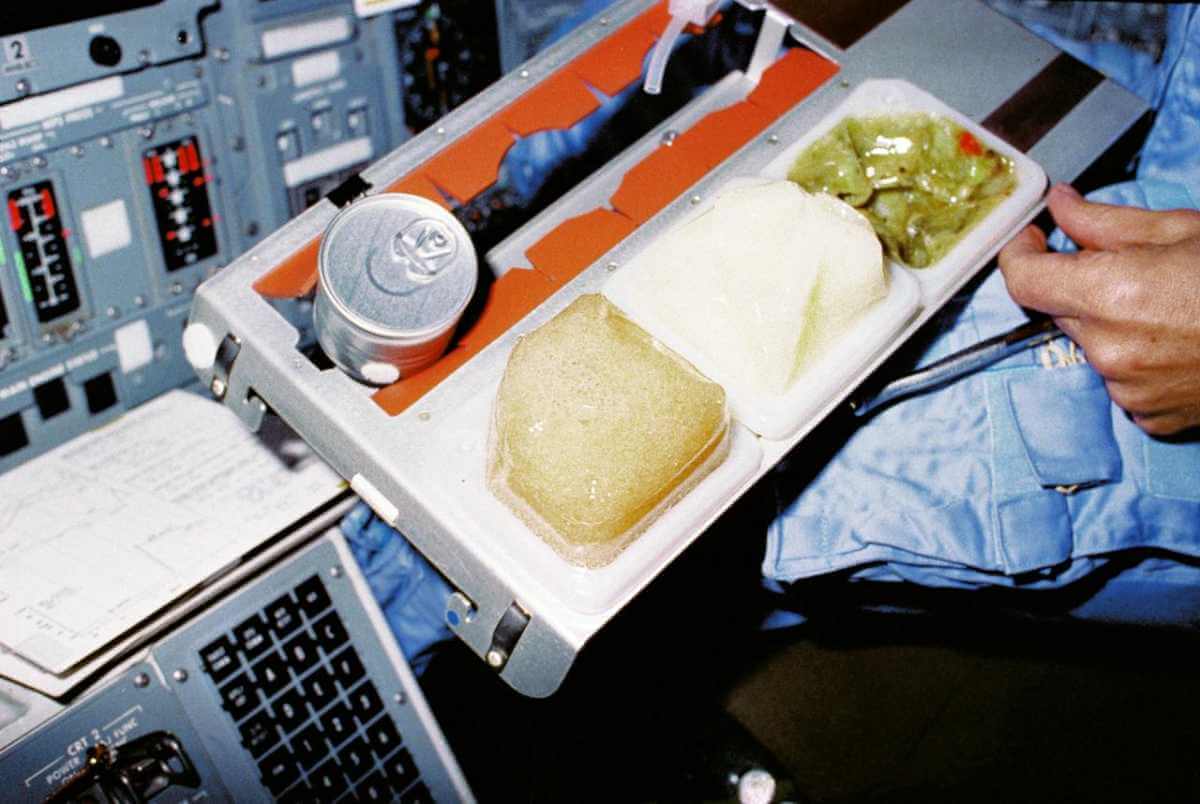The vast expanse of space presents an inherently hostile environment for human beings. Having evolved to flourish on Earth, our bodies are not naturally equipped to withstand the harsh conditions encountered in the cosmos.
As we explore this uncharted frontier, we must develop innovative strategies enabling astronauts to adapt and survive. In this comprehensive article, we will investigate what do astronauts need to stay in space to execute their missions effectively.
How Astronauts Breathe In Space: Oxygen and Life Support Systems
The most vital resource for astronauts embarking on space missions is oxygen. As the critical element sustaining human life, a continuous supply of breathable air is indispensable for survival. The human body rapidly deteriorates without oxygen, resulting in a fatal outcome within minutes. Unfortunately, contrary to the Earth’s atmosphere, which offers an abundant supply of this life-sustaining gas, space is devoid of any such provision.
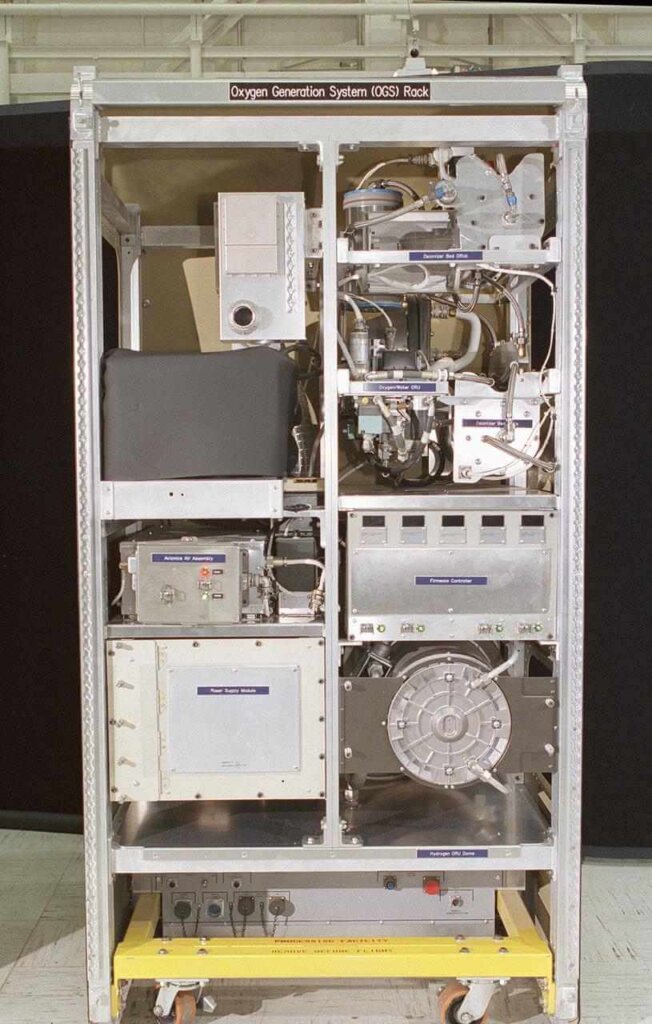
To overcome this critical challenge, astronauts rely on sophisticated life support systems designed to furnish and regulate breathable air within the confined environment of their spacecraft. These systems employ a combination of chemical, mechanical, and electronic components to meticulously manage the composition and circulation of breathable air, ensuring the optimal levels of oxygen required for human respiration are maintained at all times.
Additionally, life support systems must tackle the carbon dioxide issue, a byproduct of human respiration that can reach toxic levels in confined environments. These systems utilize advanced filtration and scrubbing technologies to effectively remove excess carbon dioxide, ensuring a safe and healthy atmosphere for astronauts during their missions.
The Importance of Temperature Control in Spacecraft
The unforgiving environment of space is characterized by its extreme temperature fluctuations, which can range from a frigid -270 degrees Celsius (-454 degrees Fahrenheit) to an intense 120 degrees Celsius (248 degrees Fahrenheit).
Within such a thermally challenging context, astronauts need to maintain a stable, comfortable temperature inside their spacecraft to ensure their well-being and the proper functioning of the equipment on board.
To achieve this thermal equilibrium, astronauts depend on advanced thermal control systems that meticulously regulate and distribute heat within the spacecraft. These systems utilize an intricate network of sensors, heaters, coolers, and insulation materials, all working harmoniously to maintain a consistent temperature throughout the vessel.
These systems efficiently mitigate the severe temperature changes seen in space by continuously monitoring and modifying the thermal conditions, providing a habitable environment for the crew.
In addition to maintaining the spacecraft’s interior temperature, these thermal control systems also play a crucial role in managing the temperature of vital components and subsystems, preventing them from overheating or freezing due to exposure to the extreme thermal conditions of space. This ensures the reliable and efficient operation of the spacecraft, ultimately contributing to the mission’s success.
Food and Water
Astronauts’ food is designed to be easy to store, prepare, and consume, considering the limitations of space and the absence of gravity. In addition, these prepackaged meals undergo rigorous planning and processing to ensure they offer the necessary nutritional balance, including the appropriate vitamins, minerals, and calories essential for maintaining the astronauts’ health and well-being.
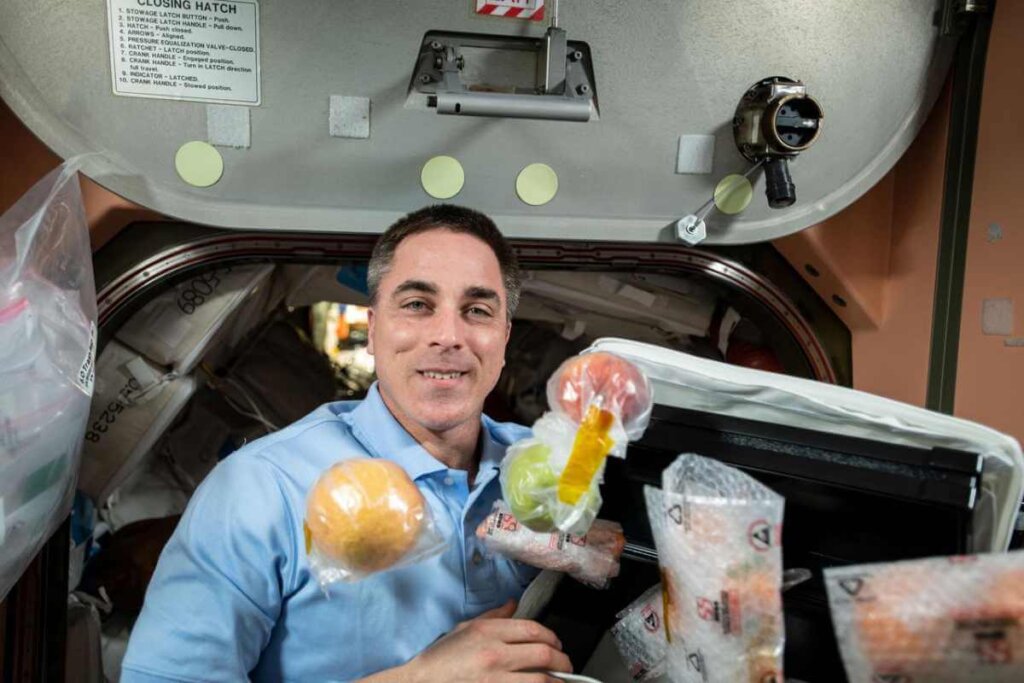
Additionally, the packaging and preparation methods are tailored to minimize waste, maximize shelf life, and accommodate the microgravity environment of space, making the dining process both practical and efficient.
Water, an indispensable resource for human life, must also be carefully managed in space. As the resupply of water from Earth is logistically challenging and costly, astronauts rely on sophisticated recycling and purification systems to ensure a continuous supply of potable water.
These systems capture and treat wastewater, including urine, sweat, and condensation, converting it into clean, safe drinking water through advanced filtration and sterilization technologies. This closed-loop approach to water management enables the efficient and sustainable use of resources during space missions.
Protection from Radiation
Space contains ionizing radiation, presenting a considerable risk to human health. Therefore, specialized shielding materials are incorporated into their spacecraft and spacesuits to protect astronauts from the detrimental effects of this radiation.
Moreover, they adhere to meticulously designed procedures to mitigate exposure during extravehicular activities, such as spacewalks, and in the event of solar flare occurrences.
Spacesuits and Clothing
Spacesuits function as individual life support systems for astronauts, furnishing them with vital elements such as oxygen, temperature regulation—and shielding against radiation and micrometeoroids.
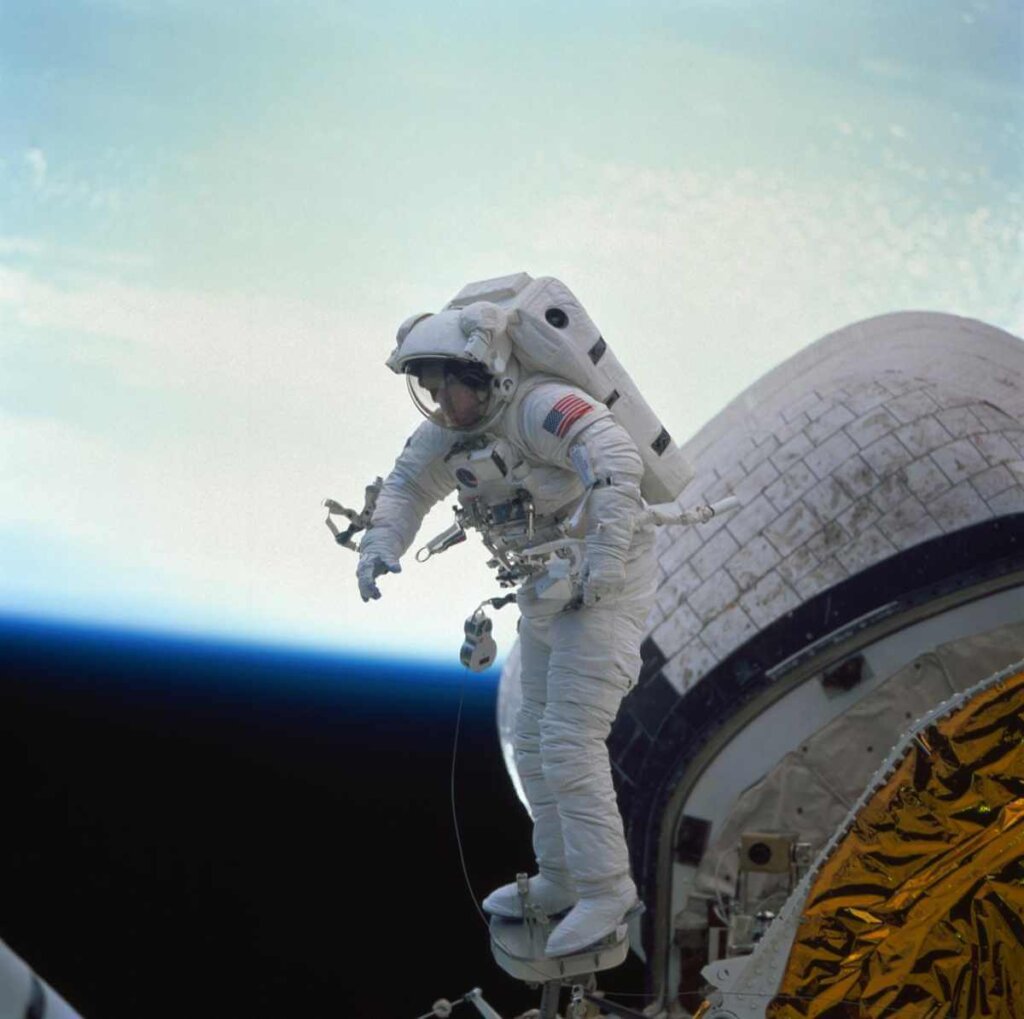
Within the confines of the spacecraft, astronauts don attire specifically designed for comfort, featuring moisture-wicking properties and the ability to moderate body temperature effectively.
Exercise and Muscle Maintenance
Within the microgravity environment of space, astronauts face the risk of muscle atrophy and bone density loss, which can have significant implications on their health. Therefore, they adhere to a stringent exercise regimen encompassing resistance and cardiovascular training to combat these adverse effects.
This comprehensive fitness routine aids in maintaining muscle mass, preserving bone density, and promoting overall well-being, ensuring astronauts remain in peak physical condition throughout their mission.
Sleep and Rest
Securing sufficient sleep and rest is crucial for astronauts’ physical and mental well-being during their space missions. Therefore, they typically adhere to a well-structured sleep schedule facilitated by designated sleeping areas within the spacecraft.
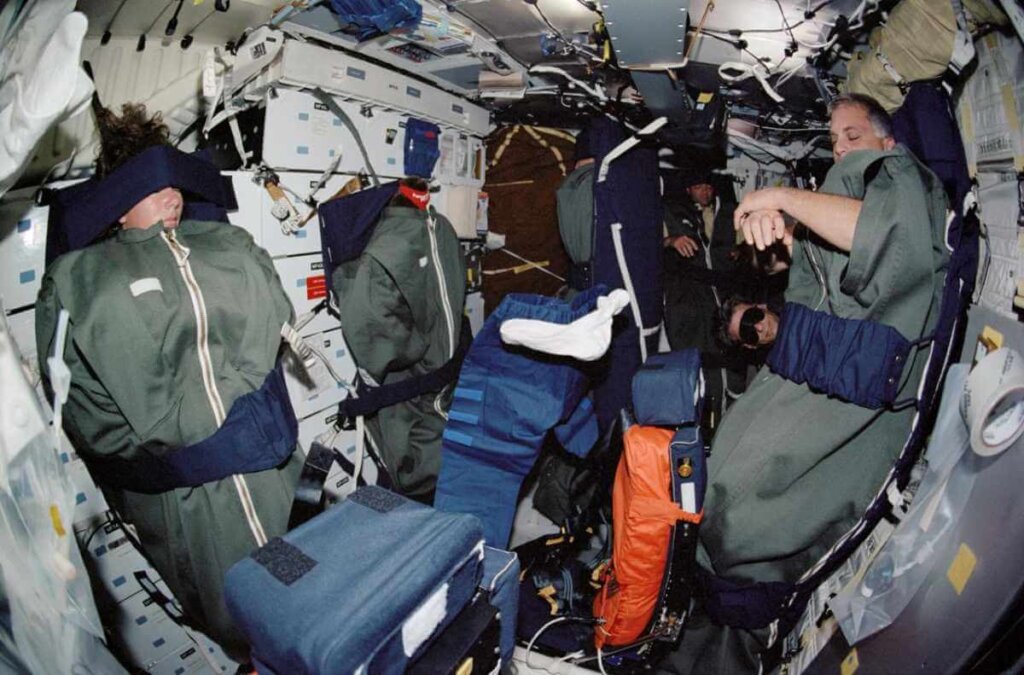
These specialized rest quarters can be darkened and soundproofed to create a more tranquil environment, promoting restorative rest and enabling astronauts to maintain peak performance throughout their extraterrestrial endeavors.
Mental Health and Social Interaction
The isolation and confinement inherent to space missions can significantly impact astronauts’ mental health and well-being. To effectively manage and mitigate these psychological challenges, astronauts employ a multifaceted approach that encompasses various coping strategies.
Maintaining communication with family and friends on Earth is vital, offering emotional support and helping astronauts stay connected to their loved ones. This connection to their personal lives fosters a sense of normalcy amidst the extraordinary circumstances of their mission.
Furthermore, recreational activities provide astronauts with an essential outlet for relaxation and stress relief. Such actions can range from reading and watching movies to playing games and pursuing hobbies, all of which contribute to their mental well-being and overall resilience.
Lastly, cultivating strong bonds with fellow crew members fosters a supportive and cohesive team environment. As they navigate space challenges together, camaraderie and mutual understanding become invaluable assets, bolstering the crew’s morale and facilitating effective collaboration.
Communication with Earth
Astronauts must always contact mission control and other support teams on Earth. They use various communication systems, including radio, video, and data links, to receive instructions, report on their progress, and stay informed about any changes in their mission.
Emergency Procedures and Equipment
Astronauts are trained to handle emergencies that may arise during their missions. They have access to emergency equipment, such as fire extinguishers and medical supplies, and follow established procedures to address any issues that may occur, from equipment malfunctions to medical emergencies.
Training and Preparation
Before embarking on a space mission, astronauts undergo rigorous training to prepare them for space travel’s physical and mental demands. This training includes simulations, physical fitness programs, and instruction in various skills, such as spacewalking, robotics, and spacecraft operations.
Final Word
Astronauts’ survival in the harsh conditions of space depends on the synergistic integration of life support systems, specialized equipment, and considerable training.
Our understanding of what astronauts need to survive in space will increase as our exploration of space advances, paving the door for introducing increasingly innovative technology and techniques.
These developments will reinforce the safety and efficacy of human missions to the last frontier’s unexplored extent.

